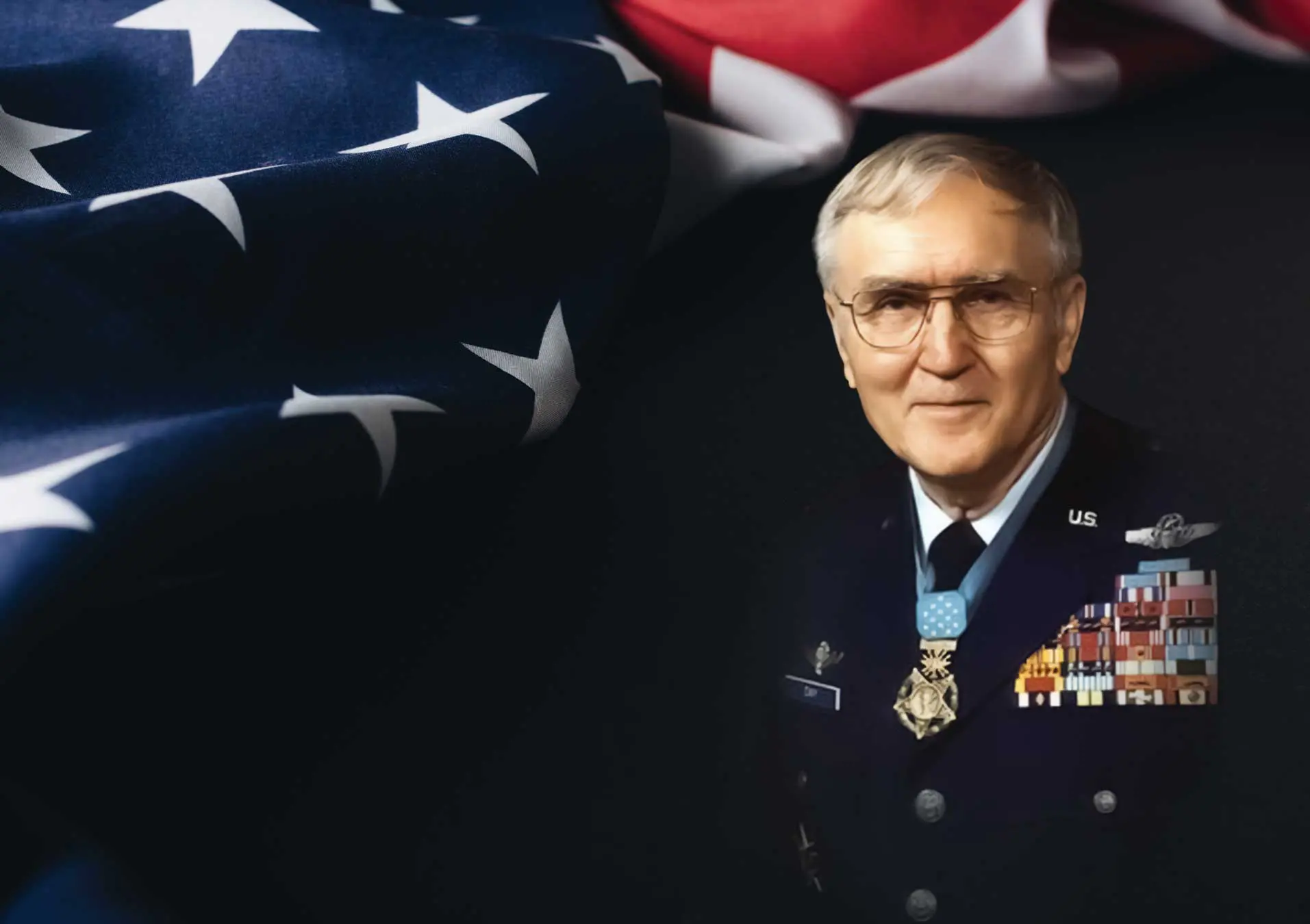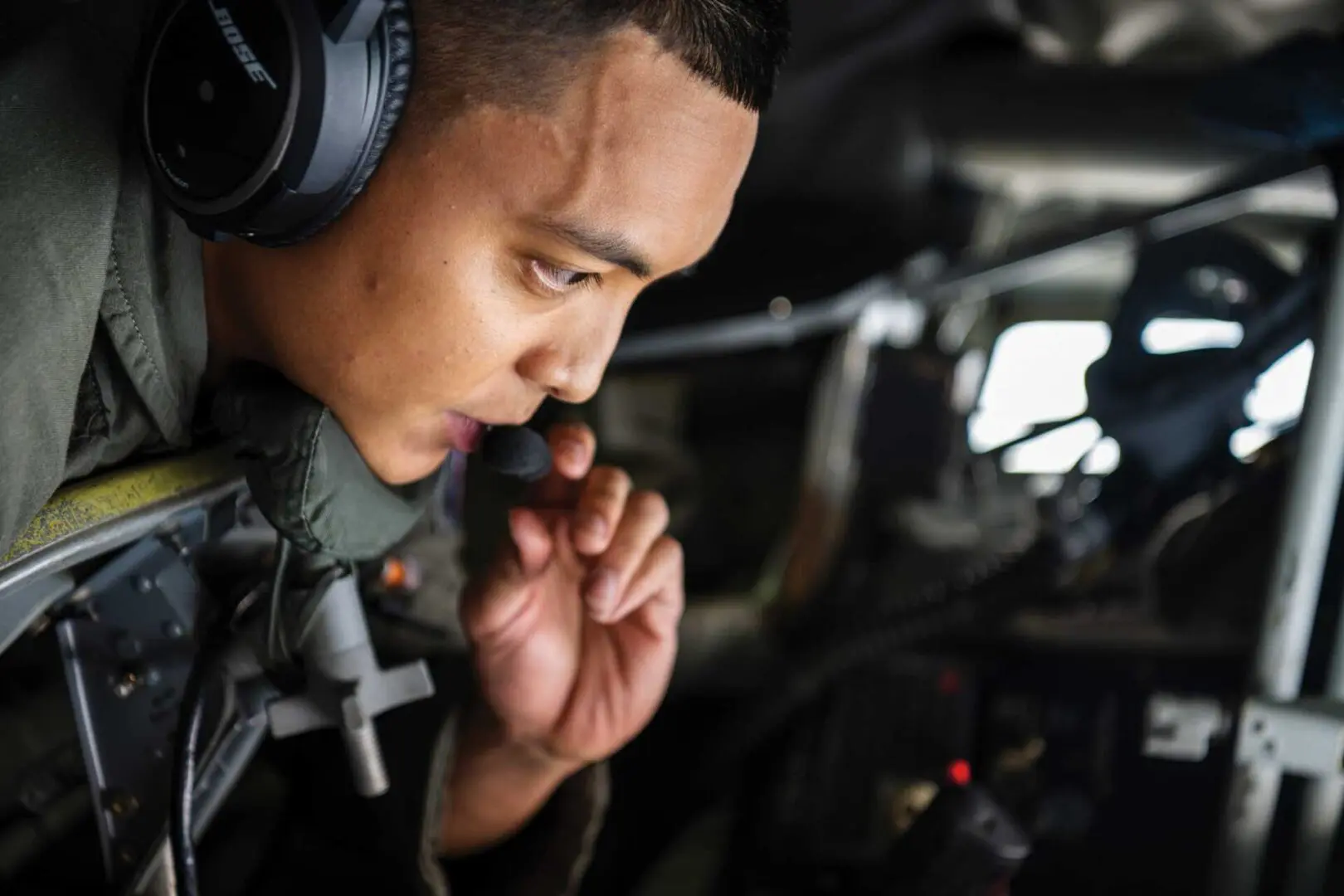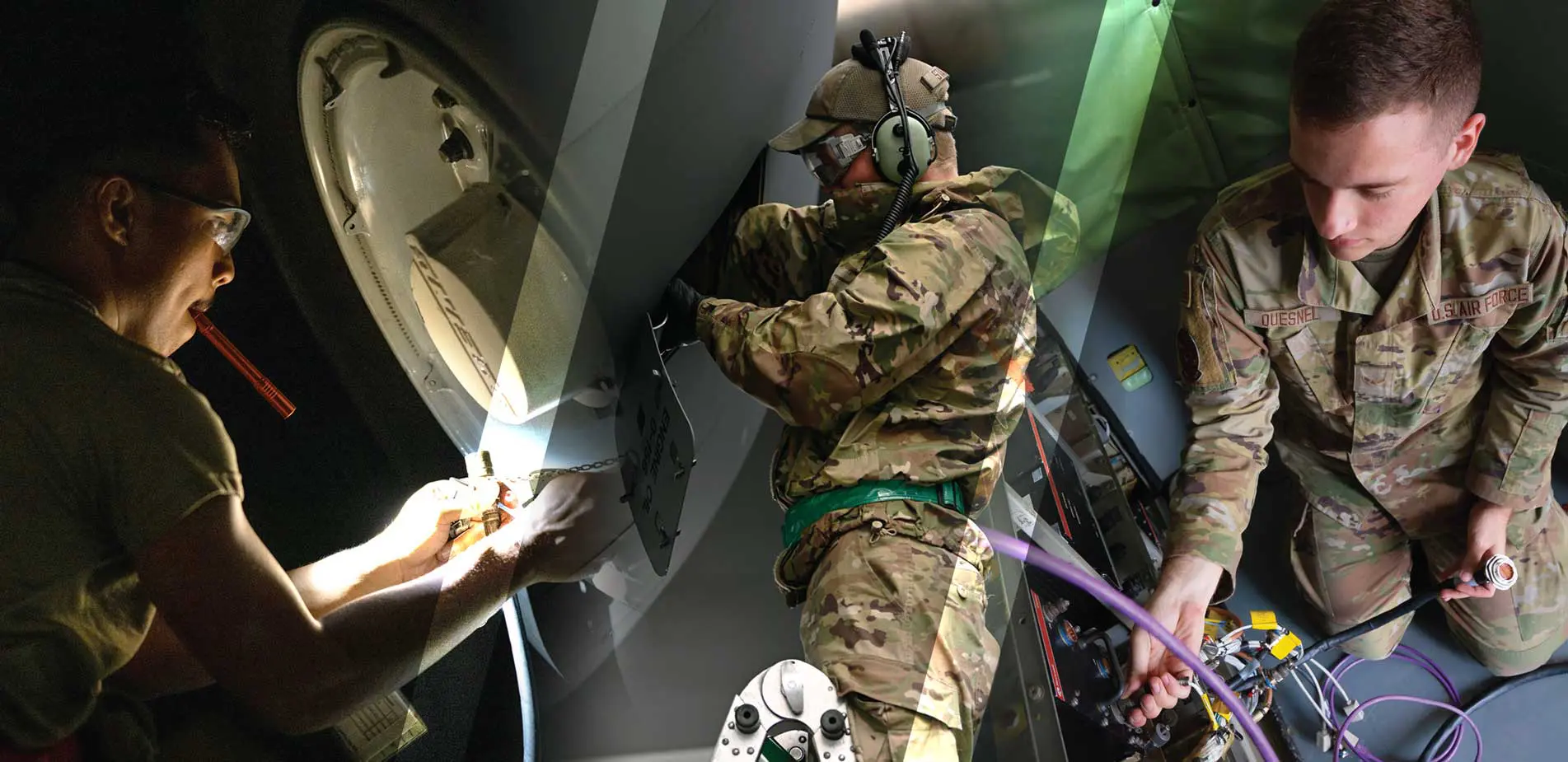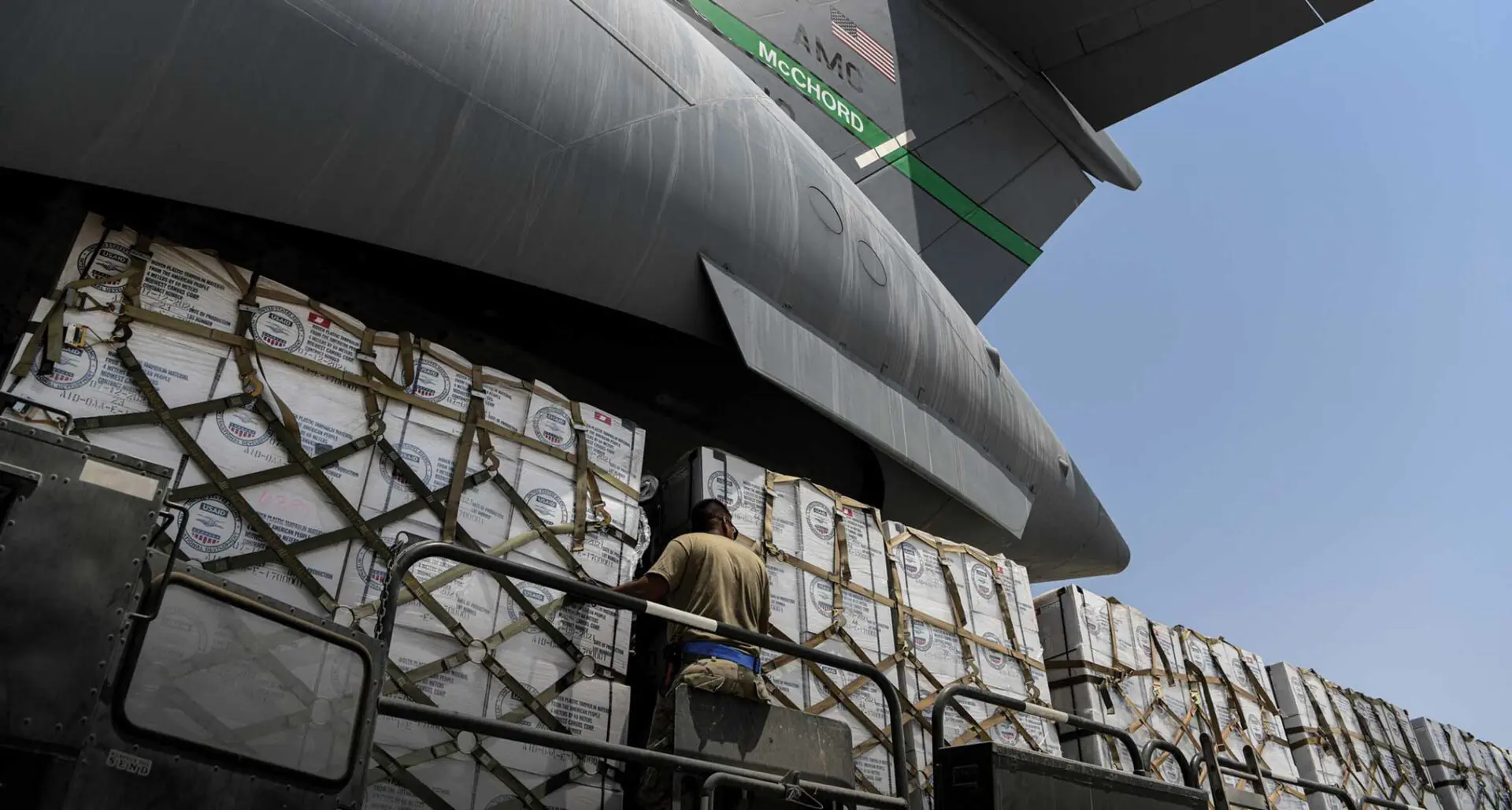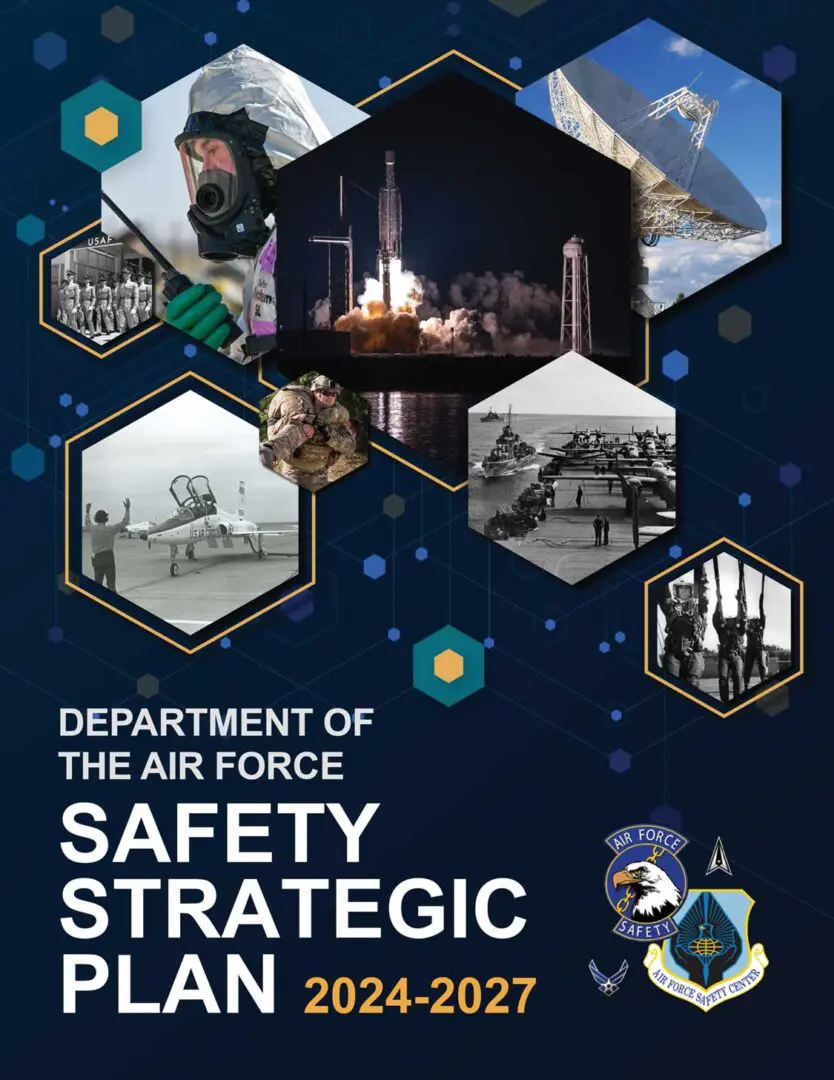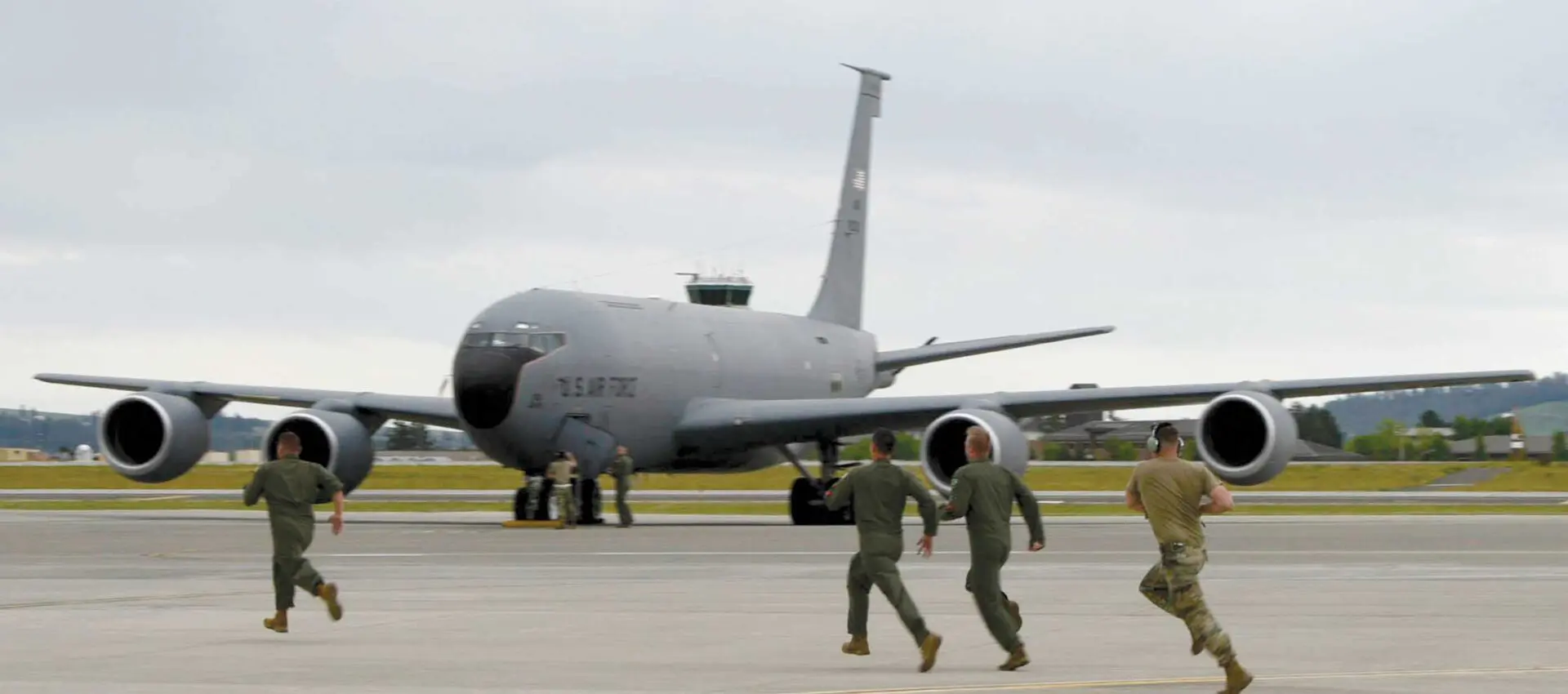The Mobility Forum The Mobility Forum
Surviving Black Ice: What You Need to Know
By Ms. Tiffany L. Tolbert, Staff Writer
Each year, twenty-four percent of weather-related vehicle crashes occur due to driving during winter weather on snowy, slushy, or icy pavement; fifteen percent happen during snowfall or sleet. Black ice is created from sleet. It also arises from melted snow that refreezes on roads during the night or early morning, when temperatures are the lowest. Black ice is clear but can appear as shiny patches and is commonly found on bridges, overpasses, and spots shaded by trees or other objects.
Winter-Weather Wise: Practicing Responsible Recreation
By Ms. Michelle Piehl, Staff Writer
In locations with chilly temperatures and winter weather conditions, residents and visitors celebrate the return of outdoor winter sports and recreational activities, such as sledding, skiing, snowboarding, ice fishing, snowmobiling, and skating. The adrenaline rush experienced during some of these activities may inhibit situational awareness, increasing the risk of cold exposure, injury, or death. Implementing a few preventive measures can help ensure a safe and fun-filled season.
Celebrating Safely
By Ms. Tiffany L. Tolbert, Staff Writer
The last three months of the year have come to represent a season of “more”—more food, more lights, more compassion, more wood burning, more charity, more driving, and more get-togethers. In the same light, this time has statistically developed into a period of more risks and hazards. Hence, this winter season, take the time to celebrate more safely.
UNWAVERING BRAVERY: A Heroic Narrative on Col George E. Day
By Ms. Tiffany L. Tolbert, Staff Writer
Col George Everette “Bud” Day lived multiple lifetimes. His dedication to the nation encompassed three different Armed Services—the U.S. Marines, U.S. Army, and U.S. Air Force—covering three different wars—World War II, the Korean War, and the Vietnam War. He is the second-most decorated military member in U.S. history, earning such distinctions as the Air Force Cross and the Congressional Medal of Honor. The Medal of Honor is bestowed upon individuals who, as described by the U.S. Department of Defense, distinguished themselves “through conspicuous gallantry and intrepidity at the risk of life above and beyond the call of duty.” Such a description fits Day’s actions perfectly.
Mishap-Free Flying Hour Milestones
By General John D. Lamontagne, Commander, Air Mobility Command, Scott Air Force Base, IL.
Mishap-Free Flying Hour Milestones
Quickstoppers: Combating Fatigue: A Crucial Element in Safe Flight Operations
By Col Jason Knab, HQ AMC/SEF Division Chief
Fatigue management is critical to ensuring safe flight operations and mission success in the Air Force. Adequate sleep is essential for aircrew members, providing the physical and cognitive capabilities needed to execute complex tasks, make split-second decisions, and achieve mission-critical objectives. Quality rest enhances human performance, enabling crews to remain focused, process information rapidly, and contribute to successful mission outcomes. Without sufficient sleep, fatigue sets in, degrading an aircrew member’s ability to perform even simple duties in the aircraft.
The Art of Predicting the Future
By COL JOHN B. KELLEY, DIRECTOR OF SAFETY
Let me start with a question: When was the last time you tried to predict the future? Did you predict something good and then attempt to make it a reality, or did you predict something bad and try to prevent it from coming to pass? What information did you use and how much of your prediction was “gut feeling”? (OK, that was three questions.) For safety professionals, this process is called Proactive Safety: collecting data from the field, identifying hazards, and developing risk mitigations. However, it is a different story when your predictions are written down and on public display.
Tempo Triumph: How AMC Airmen Sustained Speed in Pakistan’s Flood Crisis
By MRS. LAUREN FOSNOT, STAFF WRITER
In the wake of natural disasters, rapid response can mean the difference between life and death for affected communities. Recognizing this need for urgency, Air Mobility Command (AMC) Airmen, in the face of hurdles, worked tirelessly “at tempo”—a term used by AMC Commander Gen Mike Minihan to describe the swift pace of operations—to provide lifesaving sustainment for thirty-three million Pakistanis, whose country was afflicted by catastrophic floods in 2022.
Safety Enterprise Announces New Mission, Vision, Goals in 2024 Strategic Plan
By HEADQUARTERS, AIR FORCE SAFETY CENTER PUBLIC AFFAIRS
The Air Force Safety Center released a new strategic plan, outlining new goals and focus areas to align with U.S. Department of the Air Force (DAF) priorities.
OPERATIONALIZING SAFETY RISK MANAGEMENT
By KEVIN SLUSS, CSP, AMC FLIGHT SAFETY
Safety risk management is a critical aspect of any organization, particularly those operating in industries where safety is paramount, such as aviation, healthcare, and nuclear power. It involves identifying potential hazards, assessing the associated risks, and implementing measures to mitigate or eliminate those risks. However, the effectiveness of safety risk management depends heavily on how well it is operationalized within an organization. This article explores the concept of operationalizing safety risk management and examines its key components, challenges, and best practices.
MISSION PRESSURE—Understanding the Motivation and Its Pitfalls
By MR. SEAN A. BORDENAVE, AMC HQ/A3TO
Although we may not recognize the term “mission pressure,” we can probably remember situations in which we felt mission pressure. Here is an Airman Safety Action Program (ASAP) excerpt that will help describe mission pressure:




